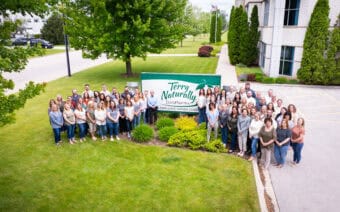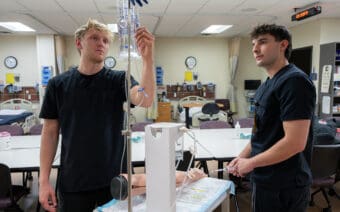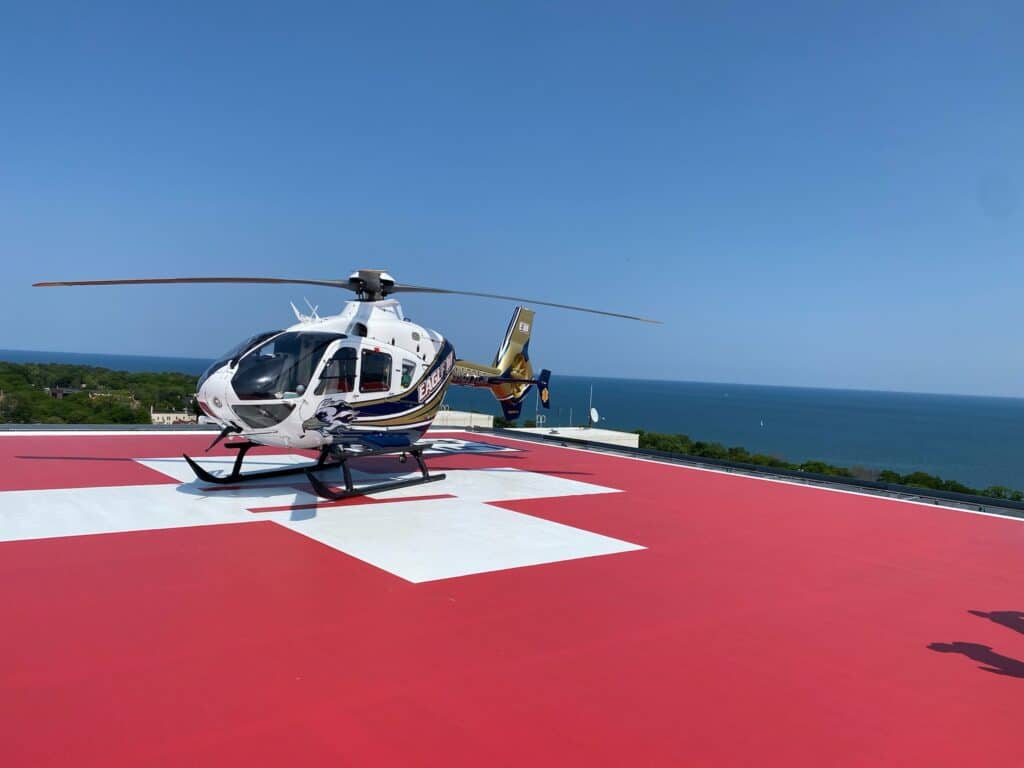
June 2, 2025
GREEN BAY – For nearly two decades, aviation service provider Air Methods and Green Bay-based medical transport program EAGLE III have partnered to provide the Northeast Wisconsin region air medical transport services.
“Air Methods provides us safe and efficient pilots and mechanics to be able to transport the patients that need that lifesaving care throughout our region,” Tiffany Wiebel, director of business services for Aegis Group Inc., the parent company of the EAGLE III program, said.
Since 2007 – when Air Methods acquired former CJ Helicopters – Tony Raymond, senior vice president of major accounts, said the company has supported EAGLE III with its “aviation services.”
“That (means providing) an aircraft, pilots and mechanics so they’re able to transport the patients in the communities they serve,” he said.
A collaborative partnership
Prior to its partnership with Air Methods, Shaun Stamnes – one of EAGLE III’s “original flight paramedics” and now its air medical coordinator – said the program’s employees had their own “operating certificates” for air transport services.
“We worked with the aircraft, got the equipment, supplies, training, (etc.),” he said. “I was in charge of working (on) and overseeing all of that. Now, (after joining) with Air Methods, I work more as a liaison between Aegis and Air Methods to help the flow of information.”
Because of his tenure with the EAGLE III program, Stamnes said he’s trusted to communicate the needs of its flight crews and paramedics to Air Methods when they arise.
“If we have needs, I communicate that to Air Methods, and when there are issues – if the pilots or mechanics have a certain thing they need from us as a provider or as the customer – then we bring that back to the administrative staff and try to collaborate and work together as much as possible,” he said.
Air Methods and EAGLE III, Wiebel said, have worked and continue to work well together because they each specialize in a necessary facet of safe, reliable and effective air medical transport service.
“(We) each have (our) specialty,” she said. “They provide the safe pilots for us, the specialty-trained mechanics, and we provide those medical personnel.”
Raymond said the mutually beneficial partnership can also be attributed to the two organizations’ collaborative nature to “mission alignment.”
“Within the air medical world, there’s different types of partnerships and contracts,” he said. “This contract we have with EAGLE III is what we call an HBS contract, where we’re providing only aviation services,” he said. “Outside of that, Air Methods has its own bases across the country (where we) provide clinical care as well. So, we understand the mission that EAGLE III is trying to deliver to (its) community.”
Understanding what EAGLE III is trying to accomplish, Raymond said, motivates Air Methods to continually show up and support the program with its aviation resources and personnel.
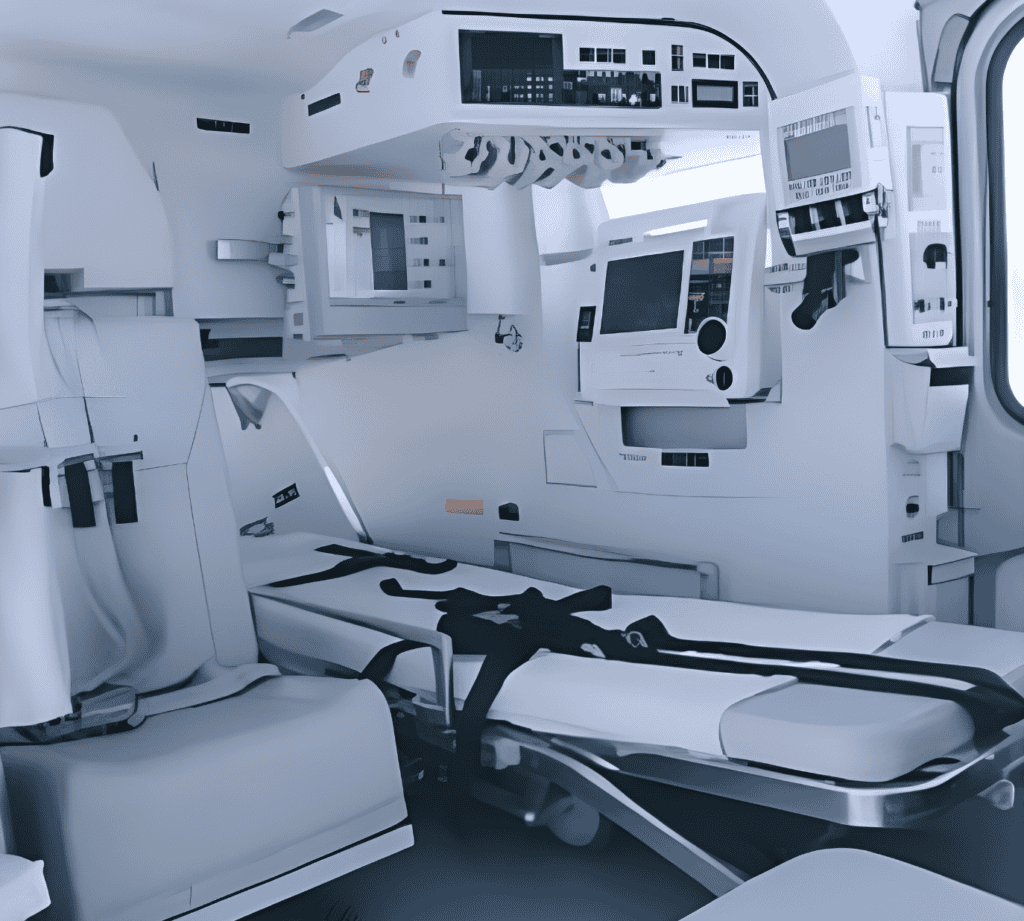
“We want to be not just their provider (of) helicopters (and) pilots, but we want to provide – as Tiffany said – safe, efficient, reliable services, not only for the bases that we have, but for the partners that we have as well,” he said. “It’s our goal to keep them in service (by providing) safe services so they can transport those patients.”
Per the renewed partnership agreement, the “contract ensures the continued operation of EAGLE III’s EC-135 T2+ helicopter – an advanced, twin-engine aircraft well suited for specialty transports” – that can support neonatal transports and complex cardiac interventions, such as Intra-Aortic Balloon Pump (IABP), Impella and LVAD (Left Ventricular Assist Device) patient flights.
Contracts such as this one, Wiebel said, are typically renewed for only a handful of years to ensure that as the industry advances, the partners have an opportunity to return to the table and discuss their new or altered needs going forward.
“Each term is a little bit different depending on what business needs we have, but this term was, I believe, a three-year (contract),” she said. “There’s a lot of change that happens in the industry, so it gives us a chance to meet together and discuss any changes that are needed, and then we can go from there. But it’s a long-standing partnership, and we plan to continue into the future.”
The air medical transport subset of the healthcare industry, Wiebel said, is one that “absolutely” requires collaboration to achieve the collective goals of quality care and safe aviation.
An example of this, Stamnes said, lies in one of the biggest benefits EAGLE III enjoys as part of its partnership with Air Methods.
“Because they operate their own bases and they’re nationwide, if there’s a specific piece of equipment we’re looking at potentially using, or there’s variations, we’re able to reach out to Air Methods, ask them if they operate that piece of equipment at another base, and they’ll put us in contact with that base,” he said. “Then we can talk medically, person to person, (about) ‘what’s the good, what’s the bad – is there something better?’ And that collaboration is huge.”
Highly trained staff
Something that’s evolved over the years in the air medical transport industry, Raymond said, is how organizations like Air Methods and EAGLE III deliver care en route to a patient’s final destination.
“Coming out of the Vietnam War, it was (all about) speed, (being) time-critical and get(ting) them to the destination,” he said. “I think what’s really evolved over the years is the care that’s able to be provided in the back of the helicopter.”
Air medical providers, Raymond said, have adapted to giving high-level and, at times, emergent care to patients even before they reach a hospital or air base – improving overall outcomes, especially for life-threatening service calls.
“Now, it’s not only ‘let’s get (patients to the hospital and) get them there fast’ – it’s ‘let’s get our clinicians there fast,’” he said. “They can deliver that high level of care at the bedside or on the side of the road or in the middle of a farmer’s field, and then get them back to the trauma center or the tertiary care center.”
The individuals employed to provide that in-air and on-site care, Stamnes said, are some of the most highly trained and experienced emergency medical service providers in the healthcare industry.
“It really is a very high level from when I started 40-plus years ago in EMS to where it is now,” he said. “It is worlds different, and air medical (transport) is the top tier of that transport pyramid, so to speak, (with) very highly trained people.”
Similarly, Raymond said those called upon to fly and maintain medical transport aircraft are among the best in the aviation industry.
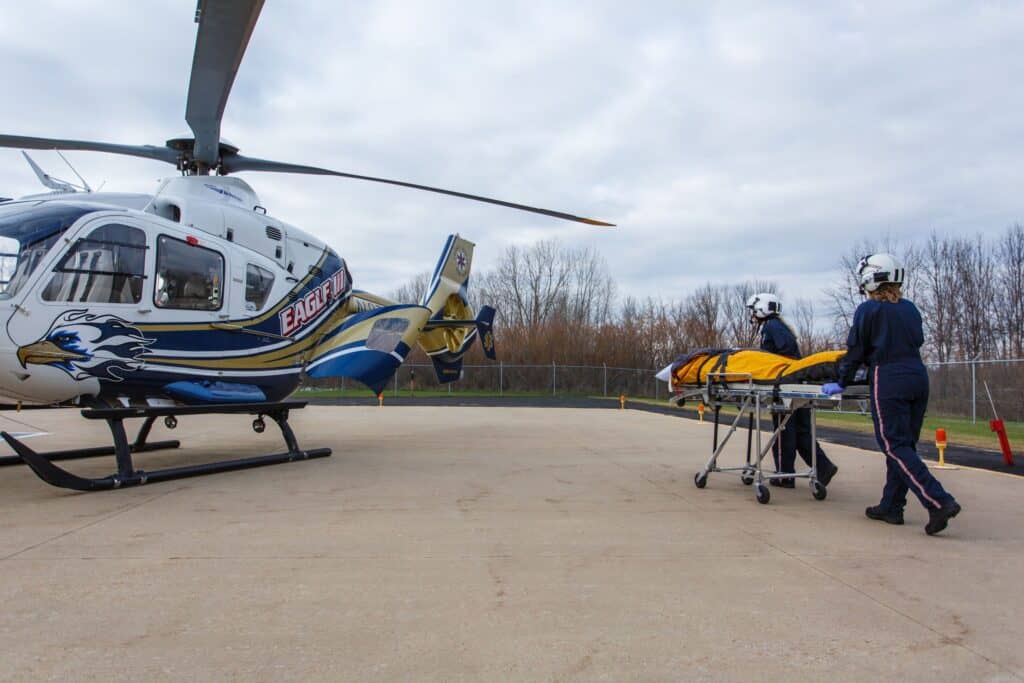
“We operate both rotor-wing – so, helicopters – and fixed-wing (aircraft) across the country,” he said. “For us, there is a standard set of hours the pilots need to have prior to being hired by Air Methods.”
That time requirement, Raymond said, measures up to thousands of hours behind the controls of both types of aircraft Air Methods pilots are employed to operate.
“That is a tremendous amount of time in the airframe,” he said. “Traditionally, a lot of the pilots would come out of the military, but we’re getting fewer and fewer from the military – more from the civilian world.”
Raymond said that change in the industry’s workforce pipeline – even though civilian-targeted aviation science and maintenance programs are popping up at universities, technical and community colleges across the country – has made it increasingly difficult to find and hire qualified pilots.
“I think the challenge we have in the industry is the aging of the pilot population, so (we have to be) engaging (with) aviation schools,” Raymond said. “We have a very robust HR recruiting process to engage them and work with them to fill that pipeline for pilots coming in, so we can maintain the good in-service rate levels for our partners.”
Pilots hired by Air Methods that are discharged to its partner programs across the country, like EAGLE III, he said, are trained to fly specifically within the airspace they’ll be operating – both in-person and virtually through a customizable flight simulator.
“It is great, because you can actually put the pilot in the same environment they’re flying (in) at EAGLE III,” Raymond said.
The state-of-the-art flight simulators Air Methods’ pilots practice in, Wiebel said, can also realistically simulate emergency situations.
“They can put the pilots through these scenarios that you would never be able to do in a regular training scenario,” she said. “(The simulators) actually move and act just like it would in that type of scenario.”
The types of scenarios pilots rehearse, Raymond said, can range from “engine failure” to “loss of a tail rotor thrust” and even “a bird strike.”
“You can simulate all these scenarios that, obviously, you can’t in the real world with training,” he said. “So, the pilots get that muscle memory (if) these things occur. It increases (their) safety margin to a much higher level.”
It’s the company’s commitment to safety, Wiebel said, that has made EAGLE III “proud to partner with Air Methods to best serve the patients in the region – getting them from point A to point B safely and quickly” – for the last 18 years.
Similarly, Raymond said it’s EAGLE III’s commitment to serving Northeast Wisconsin that makes Air Methods “honored to be able to continue the partnership.”
To learn more about Air Methods and EAGLE III, visit airmethods.com and eagle3.org.
 New North Summit showcases ‘the power of collaboration’
New North Summit showcases ‘the power of collaboration’ GB Blizzard + Total Energy Systems partnership creates sparks
GB Blizzard + Total Energy Systems partnership creates sparks


